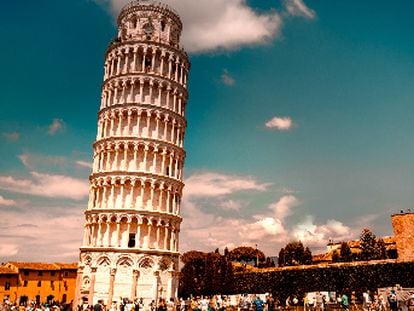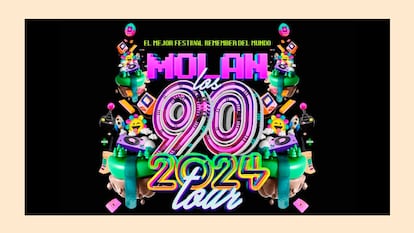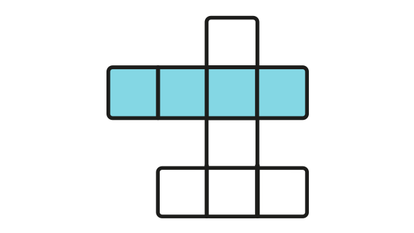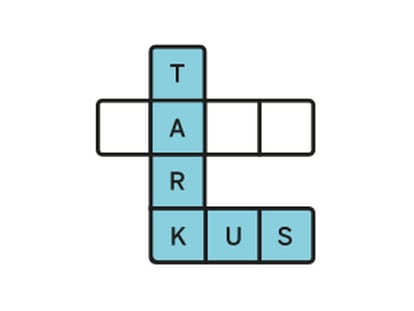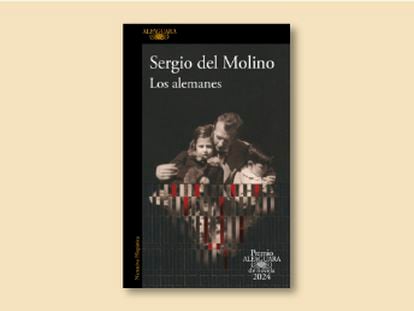Could the llama help us to fight cancer?
Despite continuous research efforts in the fight against cancer, it is still a major cause of death in our society. After many years of great progress, some cancers can now be cured by chemotherapy but treatment is not always successful. One possible reason for failure arises from a family of proteins called multidrug transporters, which are responsible for ‘multidrug resistance’. These proteins, among which the best known is called P-gp (P-glycoprotein), are normally produced by our cells to protect themselves from substances that could be harmful to our health. They are located in our cell membranes – the ‘walls’ that surround each of our cells – where they act as gatekeepers. When a toxic molecule tries to enter our cells, P-gp can expel it before it even gets through the cell membrane.
Cancer cells use this same mechanism to protect themselves from chemotherapy. Therapeutic drugs are designed to kill cancer cells so they are recognised as harmful by multidrug transporters in cancer cell membranes and are expelled from the cancer cells before they have a chance to kill them. This makes the drugs less effective at shrinking the tumour. Understanding this process has implications far beyond our fight against cancer because a similar mechanism is also used by bacteria (for example, MRSA) to resist to a wide range of antibiotics – another major challenge for today’s medicine.
In our laboratory, we are trying to decipher how these multidrug transporter proteins work and, therefore, how they expel drugs from cells. A thorough understanding of this would enable researchers to design new drugs that could block the transport activity of these proteins. In other words, we could stop the ‘sorting machine’ from rejecting anticancer drugs from cancer cells. If used in parallel with conventional chemotherapy, this would considerably increase the potential success of treatment. It is at this point that the llama could play a role…
A couple of years ago, scientists from the Department of Molecular and Cellular Interactions at the Vrije Universiteit Brussel (VUB) discovered something unique about llamas and other camelids. Llamas produce not only conventional antibodies but also much smaller ones, called ‘nanobodies’. Antibodies are an essential part of the immune system that attach themselves to potentially harmful substances, like bacteria, and neutralise them or flag them for destruction. This property has led doctors to use antibodies as a cancer treatment. Nanobodies work in a similar way to antibodies but they have a more simple structure so they are easier to produce in large quantities in a laboratory. Even more interestingly, thanks to their small size they can reach places that are not accessible to conventional antibodies, such as some regions of the transporter important for its activity. Therefore, we collaborated with Professor Jan Steyaert’s laboratory at VUB to produce nanobodies targeting P-gp and other multidrug transporters. These nanobodies could prove excellent for research purposes, but also potentially for treating illnesses like cancer and multidrug-resistant infections.
Although scientists now understand the structure of P-gp relatively well, we need even more precision if we want to create a rational basis for drug design. One way that we can map a protein’s structure is by using protein crystals. Nanobodies are helping us with this research because they make it easier for us to make protein crystals. P-gp crystals have already been created with the first nanobody that we produced. We are now working with Professor Geoffrey Chang’s research group at the Scripps Research Institute in California to check if these crystals can give us a clearer picture of P-gp and therefore help with drug design.
Interestingly, the same nanobodies could also be used directly in healthcare, either as drugs or for diagnosis. By interacting with specific regions of the transporter important for its activity, nanobodies themselves could be used to disable proteins, and as such be used as antitumor agents. For instance, they could be used to stop a multidrug transporter from expelling anticancer drugs from cancer cells, thus letting the drugs enter the cancer cells and kill them. On the other hand, nanobodies that interact with the part of the protein that protrudes from the cell surface (rather than the ‘sorting machine’ mechanism) could be used to diagnose which multidrug transporters are present in the tumour. We could use this knowledge to modify the treatment accordingly and therefore make it more effective. A lot of different nanobodies will probably need to be tested before such candidates are found, but the research is on its way and this new tool brings us new hopes.














